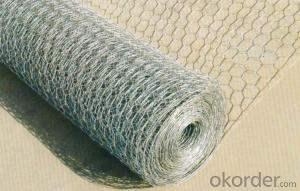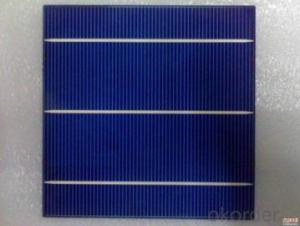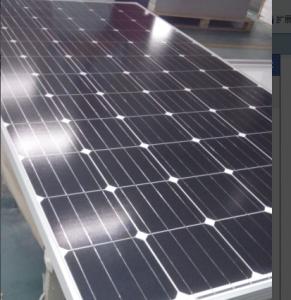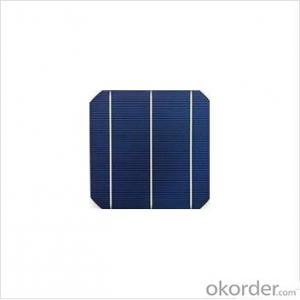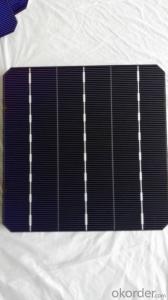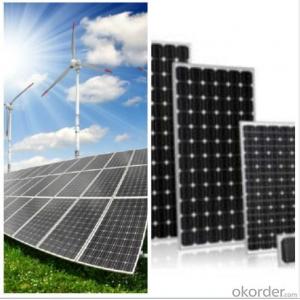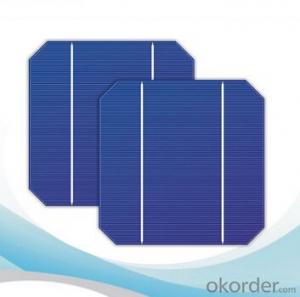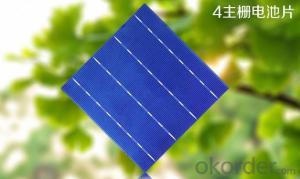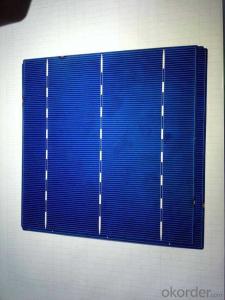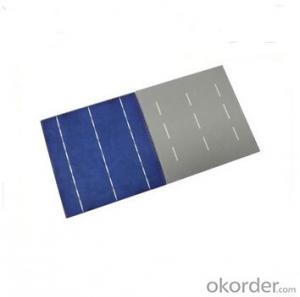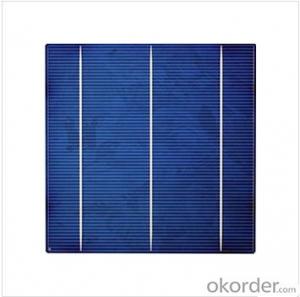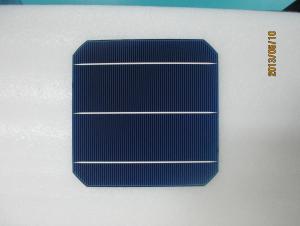Hexagonal Solar Cells
Hexagonal Solar Cells Related Searches
Heterojunction Solar Cells Photovoltaic Solar Cells High Temperature Solar Cells High Voltage Solar Cells High Power Solar Cells High Performance Solar Cells Amorphous Solar Cells High Efficiency Solar Cells Highly Transparent Solar Cells Bifacial Solar Cells High Output Solar Cells Hot Solar Cells Encapsulation Solar Cells High Wattage Solar Cells Folding Solar Cells Amorphous Silicon Solar Cells Compact Solar Cells Lightweight Solar Cells High Quality Solar Cells Flexible Solar Cells Biogenic Solar Cells Electric Solar Cells Excitonic Solar Cells Floating Solar Cells 6x6 Solar Cells Algae Solar Cells Chalcogenide Solar Cells Bulk Solar Cells Hjt Solar Cells Crystalline Solar CellsHexagonal Solar Cells Supplier & Manufacturer from China
Hexagonal Solar Cells are a unique type of photovoltaic product that features a hexagonal shape, which allows for more efficient use of space and improved light absorption. These cells are designed to harness solar energy and convert it into electrical power, making them an eco-friendly solution for various applications. They are particularly useful in scenarios where traditional rectangular solar panels may not fit or are not aesthetically pleasing, such as on curved surfaces or in installations that require a more organic shape.Hexagonal Solar Cells are widely used in a variety of applications, including residential rooftops, commercial buildings, and off-grid power systems. Their compact design and ability to be arranged in various configurations make them a versatile choice for a range of projects. Whether it's a small-scale home solar system or a large-scale solar farm, hexagonal solar cells can be tailored to meet specific energy needs and design requirements.
Okorder.com is a leading wholesale supplier of Hexagonal Solar Cells, offering a vast inventory to cater to the diverse needs of customers worldwide. With a commitment to quality and customer satisfaction, Okorder.com ensures that each hexagonal solar cell is manufactured to the highest standards and is backed by a reliable warranty. By partnering with Okorder.com, customers can rest assured that they are receiving top-tier products at competitive prices, making the transition to renewable energy more accessible and cost-effective.
Hot Products









